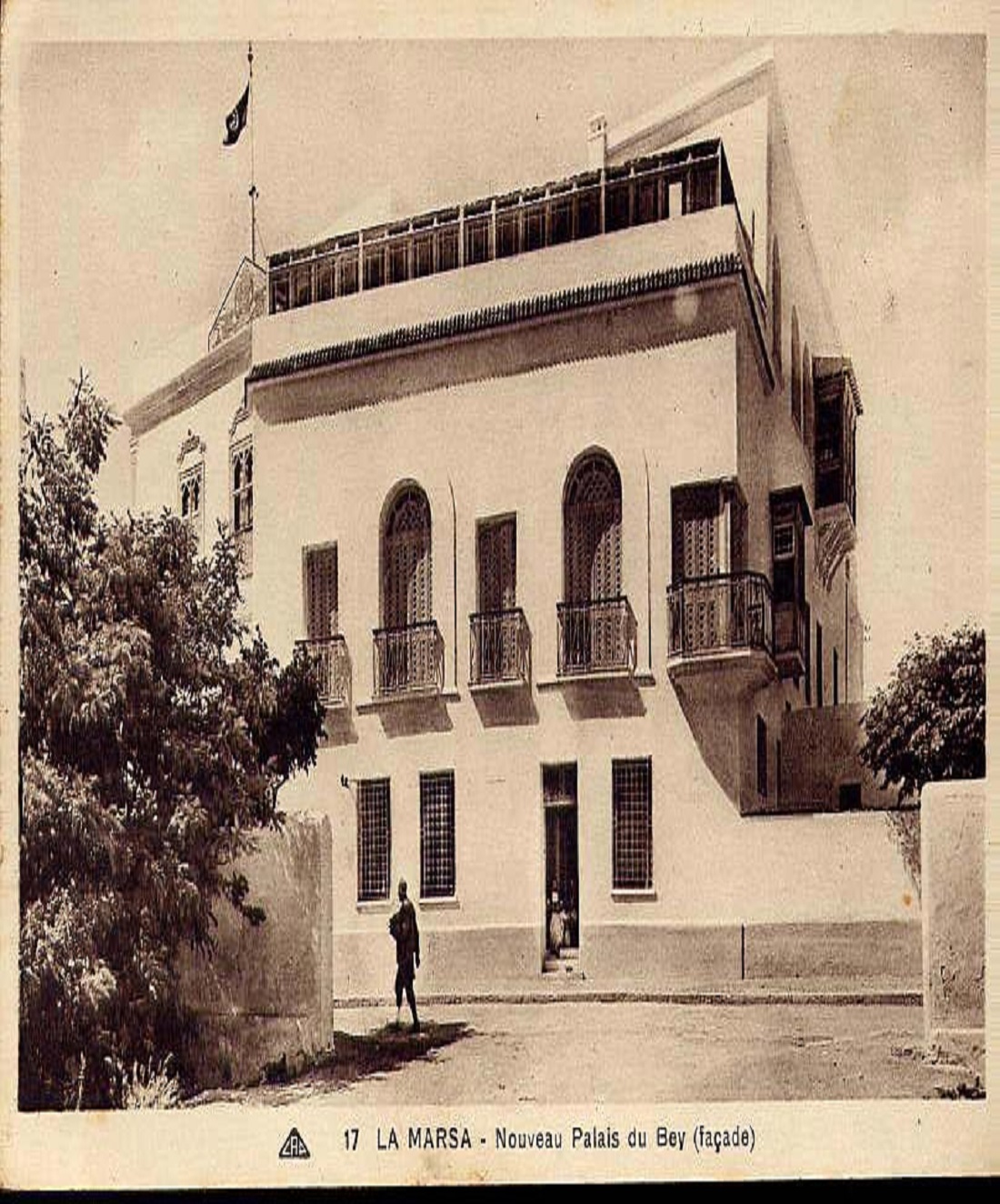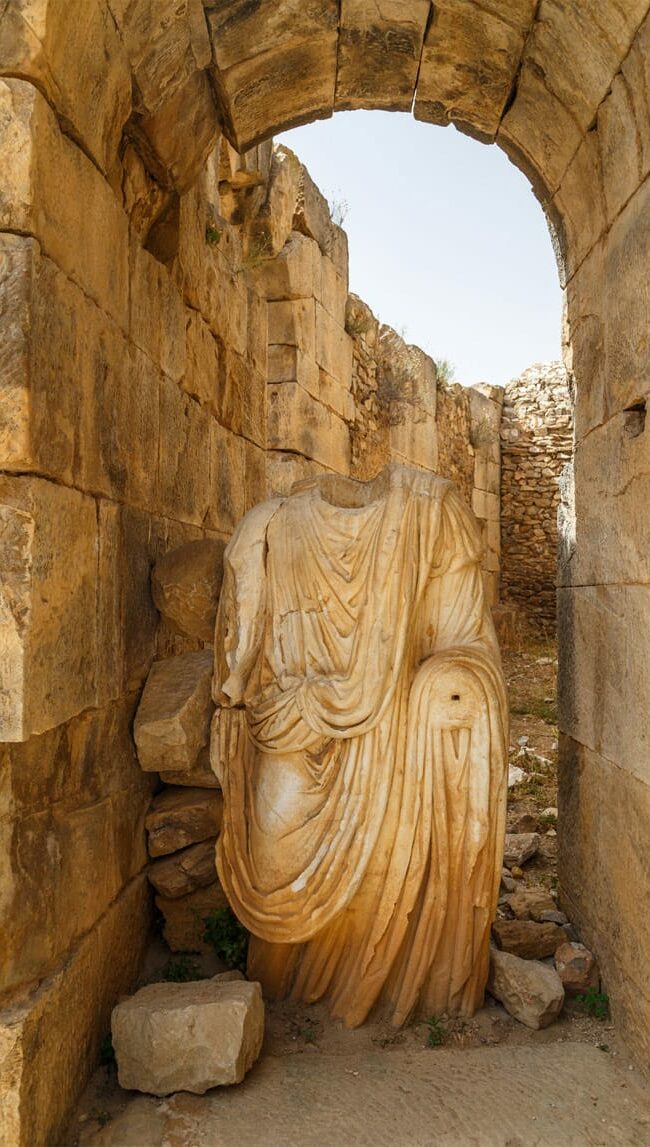
Palais Ahmed Bey Restoration: Reviving Tunisia’s Forgotten Palace
Introduction
The Palais Ahmed Bey restoration in La Marsa, Tunisia, marks a turning point in the conservation of national heritage. Once abandoned and deteriorating, this 19th-century palace has been carefully rehabilitated into a cultural and architectural landmark. The project highlights the balance between heritage preservation, adaptive reuse, and community engagement in Tunisia’s ongoing dialogue between past and present.
The Palais Ahmed Bey, constructed in 1847 by Giuseppe Raffo for Ahmed Bey, exemplifies this tension. Once a luxurious coastal residence extending over 14 hectares, the palace fell into decay during the 20th century. Officially classified as a historical monument in 2016, it remained abandoned until its acquisition in 2019 by Mahmoud Redissi, who initiated a large-scale restoration project. The reopening of the palace in September 2025 positions it as a test case for private-led heritage revitalization in Tunisia.
Methodology and Sources
This study is based on a qualitative review of primary and secondary sources. The principal reference is the article published in La Presse de Tunisie (21 September 2025), complemented by earlier coverage in Webdo and related cultural heritage documentation. Additional secondary literature on Tunisian heritage management and adaptive reuse of historic monuments provides a comparative framework.
Historical Background
The Palais Ahmed Bey was originally conceived as a symbol of political and cultural power within the Husainid dynasty. Beyond its architectural grandeur, its gardens and proximity to the sea reflected both the cosmopolitan ambitions and the strategic lifestyle of the Tunisian elite in the 19th century.
Following Tunisia’s independence in 1956, the palace lost its political function. It suffered gradual degradation, structural decay, and encroachment by informal uses. Its official classification as a historical monument in 2016 marked an acknowledgment of its heritage value but did not immediately halt its deterioration.
The Restoration Project
Ownership and Institutional Framework
The acquisition of the palace by Mahmoud Redissi in 2019 initiated a privately financed restoration project, undertaken in consultation with the Institut National du Patrimoine (INP). This institutional oversight ensured compliance with conservation standards, while the financial burden rested entirely on private resources, supplemented by bank credit.
Architectural and Functional Rehabilitation
The project aimed at both preservation and adaptive reuse. Restoration work included structural consolidation, replication of original decorative features based on archival photographs, and the revival of traditional craftsmanship. Simultaneously, the palace was reprogrammed to host a cultural center, exhibition spaces, a small theater, hospitality services, and a rooftop restaurant.
Financial and Technical Challenges
Unlike state-funded restorations, this initiative relied exclusively on private capital, exposing it to financial risks. Technical challenges included the advanced state of degradation of certain structures and the limitations imposed by heritage regulations, which restrict alterations to the building’s original function and form.
Cultural, Economic, and Social Implications
Heritage Conservation
The restoration prevented the possible demolition or commercial transformation of the palace, safeguarding a unique architectural heritage site. It also set a precedent for the feasibility of private interventions under institutional supervision.
Cultural Valorization
By integrating cultural programming — exhibitions, book launches, and artistic residencies — the project has the potential to reinsert the palace into Tunisia’s contemporary cultural landscape. The reopening event in September 2025, which featured a literary presentation, symbolically marked this new role.
Economic Impact
The addition of hospitality services such as a boutique hotel and restaurant situates the palace within Tunisia’s broader tourism economy. However, profitability remains uncertain, given the balance between cultural integrity and commercial viability.
Social Dimension
The project carries symbolic value for the local community of La Marsa, where the palace represents both collective memory and architectural identity. Community contributions to the restoration, such as the donation of materials, demonstrate local engagement.
Comparative Perspective
The case of the Palais Ahmed Bey resonates with other heritage projects in Tunisia, such as the restoration of Dar Jellouli in Sfax or the Palais de la Régence in Tunis. These examples reveal common challenges: high restoration costs, tension between conservation and commercialization, and the necessity of institutional oversight. The unique aspect of the La Marsa project lies in its almost entirely private financing, which may provide a replicable model for other neglected sites.
Conclusion
The restoration and reopening of the Palais Ahmed Bey in La Marsa illustrate both the opportunities and challenges of heritage conservation in Tunisia. While the project successfully rescued a monument from decay, its long-term sustainability will depend on careful management, continuous maintenance, and a balanced integration of cultural and economic functions.
This case study highlights the potential of public-private collaboration in heritage preservation, while also raising questions about accessibility, authenticity, and the financial viability of similar initiatives. As Tunisia seeks to safeguard its architectural heritage, the Palais Ahmed Bey may serve as a reference model, but its success remains contingent on future governance and community engagement.
The Palais Ahmed Bey restoration in La Marsa, Tunisia, highlights the growing role of private initiatives in heritage conservation. According to the Institut National du Patrimoine , such projects must follow strict preservation standards to safeguard authenticity. For related heritage initiatives, see our page on Heritage Conservation in Tunisia .






